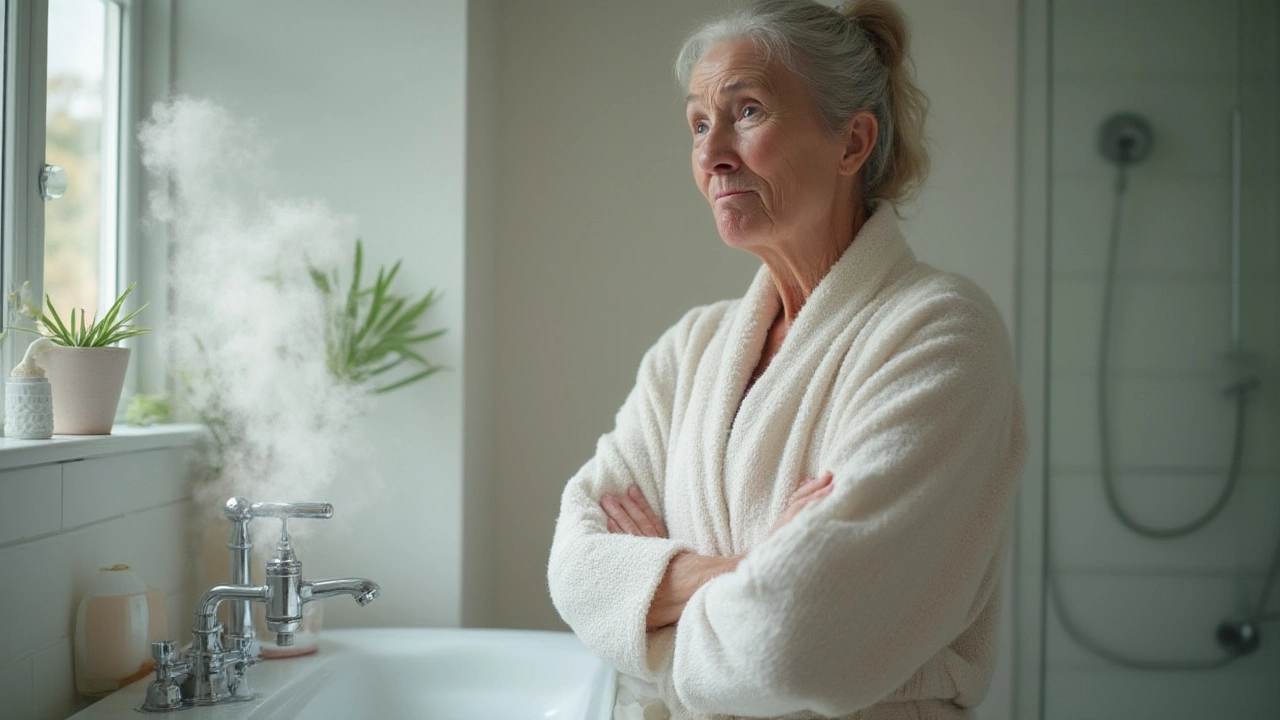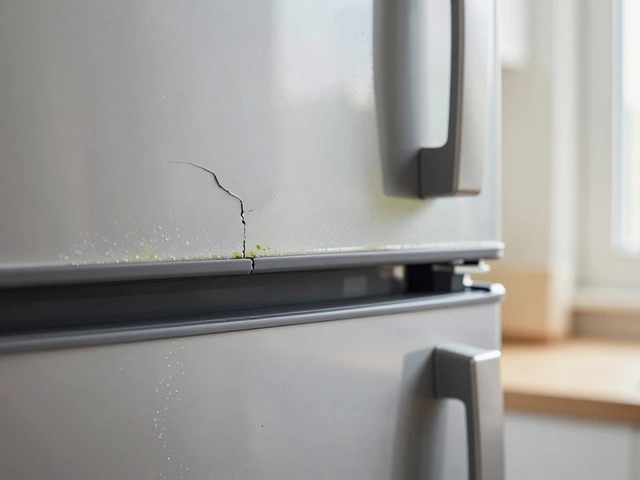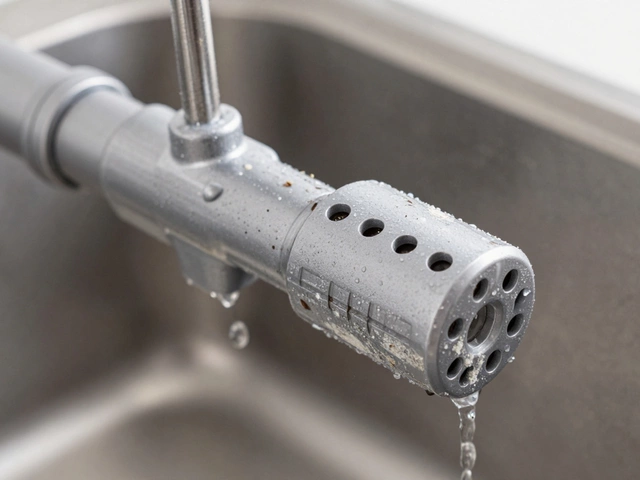Hot Water Shower Problem – Why Your Shower Feels Cold
When dealing with hot water shower problem, a shower that delivers cold water instead of hot is usually a sign of a plumbing or heating issue. Also known as cold shower issue, it can disrupt a simple morning routine and signal bigger system faults.
The most common source is the water heater, the appliance that heats your domestic water supply. If the heater isn’t firing, the thermostat is off, or the temperature setting is too low, the shower will stay lukewarm or cold. Hot water shower problem encompasses the performance of the water heater, while the boiler, the central heating system that can pre‑heat water for the heater often supplies the necessary heat. When the boiler fails to maintain pressure or experiences a gas supply issue, the downstream water heater won’t receive enough energy, leading to a chilly shower. Another key player is the mixing valve, which blends hot and cold water to a safe temperature; a stuck or mis‑adjusted valve will send too much cold water straight to the showerhead. Understanding how these components interact helps you pinpoint the exact cause before you call a professional.
Quick Checks You Can Do Yourself
Start by verifying the water heater’s power source. For electric models, ensure the breaker isn’t tripped; for gas units, listen for the ignition sound. Next, check the thermostat setting – it should typically sit around 120 °F (49 °C). If the boiler supplies heat, look at the pressure gauge; most boilers need 1‑1.5 bar when cold. Low pressure often means the system can’t push hot water up to the taps. Finally, feel the temperature at another outlet, like the kitchen tap. If it’s hot there, the problem likely lies in the shower’s mixing valve or the dedicated shower valve. These simple steps rule out whole‑house failures and narrow the focus to the component that actually needs attention.
When the simple checks don’t solve the issue, it’s time to consider component wear. Over time, heating elements in electric water heaters can develop scale, reducing efficiency. Gas burners can become clogged with soot, leading to incomplete combustion and lower temperature output. Mixing valves have seals that degrade, causing a permanent drift toward cold water. Regular maintenance – descaling the heater, cleaning the boiler’s heat exchanger, and replacing valve seals – can extend the life of the system and keep your shower reliably hot.
Each of these elements—water heater, boiler, mixing valve—forms a chain where a failure in any link can create a hot water shower problem. By recognizing the relationship between heat generation (boiler), heat storage (water heater), and temperature control (mixing valve), you can diagnose more effectively and decide whether a DIY fix is safe or a certified engineer is needed. Below you’ll find a curated set of articles that dig deeper into these topics, from detailed troubleshooting guides to cost‑benefit analyses of repair versus replacement. Use them to get a clearer picture of what’s going on in your home and to plan the next steps with confidence.
If hot water runs in your sink but not your shower, the cause can be trickier than you think. Understand the reasons, how each part fits together, and smart ways to fix it without wasting your day.


